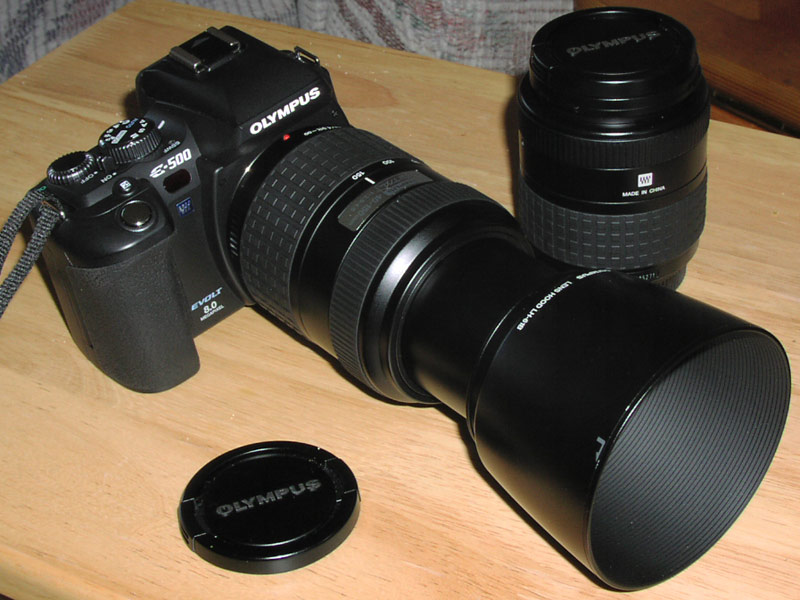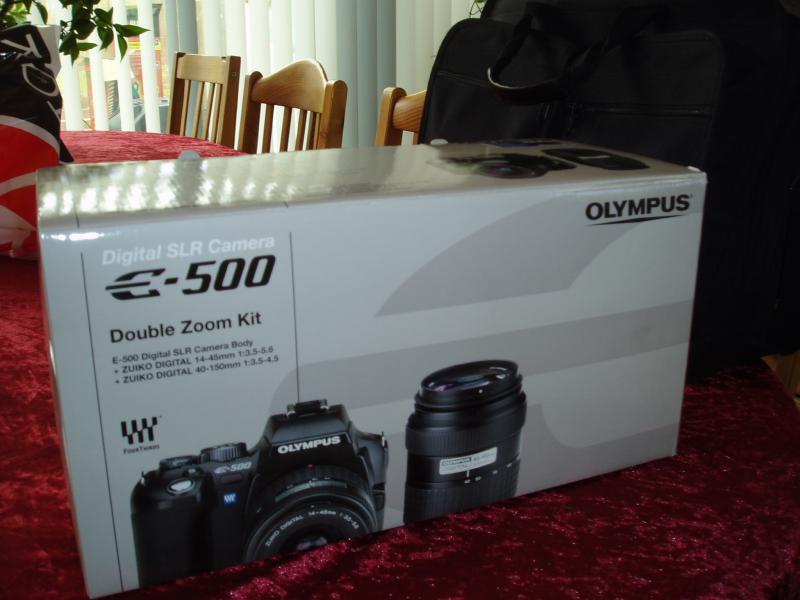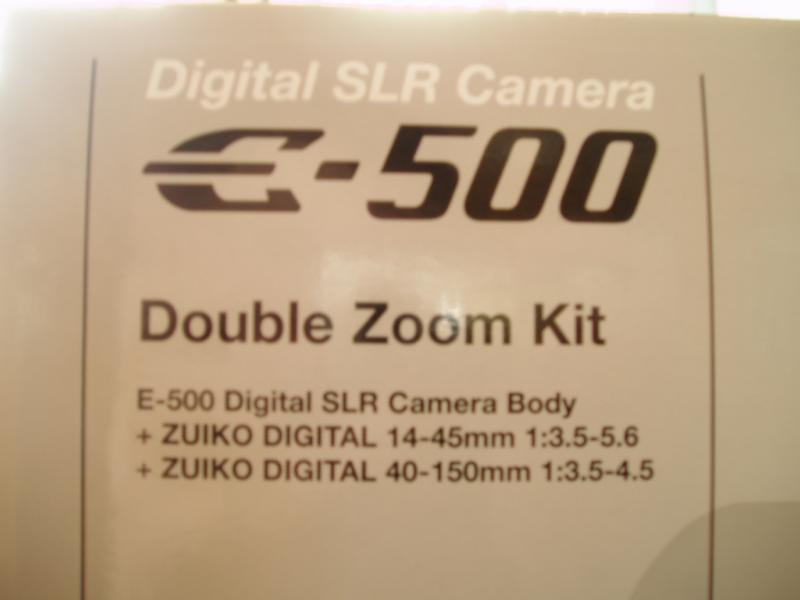I'm not guessing on the focal length factor here Doug....the reason for it is that the 24x36mm frame of the focal plane on a 35 mm camera is not the same as the new digital sensors (either CCD or CMOS)....its just the way things were worked out ...so for now, we have to use the factor which we are told about when we buy a camera if we want to know the 35mm equivalent....not a prob though, all we really need to know is whether or not we can get the job done with what we have..........if not, then we need to go and spend gobs of money on a faster, longer lens .....

What I got with mine is the same as what Theis has.....
E system 35mm equivalent of an 80-300mm F3.5-4.5 zoom - the short one is a 28-90mm F3.5-5.6 again, not the fastest, but can be worked with........


I went looking for someone who may be able to better elaborate on what I was trying to say .........From
PhotoxelsFocal Length Multiplier
If you use digital SLRs (dSLRs) that use lenses made for 35mm film cameras, you need to be aware that the focal lengths expressed on the lenses must be multiplied by a factor. That factor, the Focal Length Multiplier, depends on the image sensor size used.
Of course, if the image sensor is full-frame, i.e. it is the same size as 35mm film, then the multiplier is 1, and the focal length of the lens is accurate.
However, only a few dSLRs use full-frame image sensor, with most using a smaller image sensor, usually APS size (or roughly half-frame). That is why you will read that a focal length multiplier of, say, 1.6 needs to be applied to the focal length of the lens to obtain the true focal length.




























